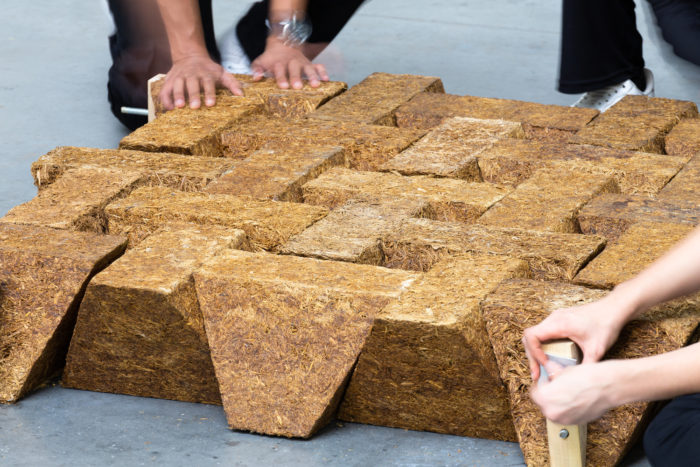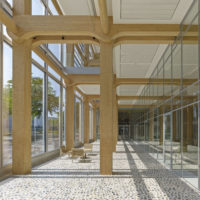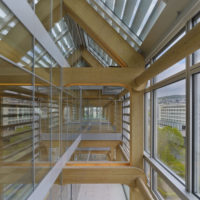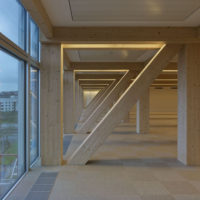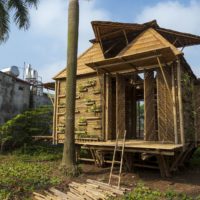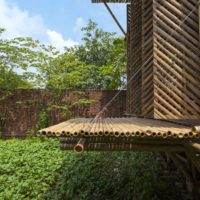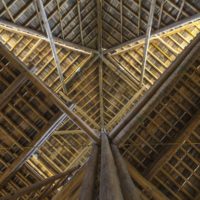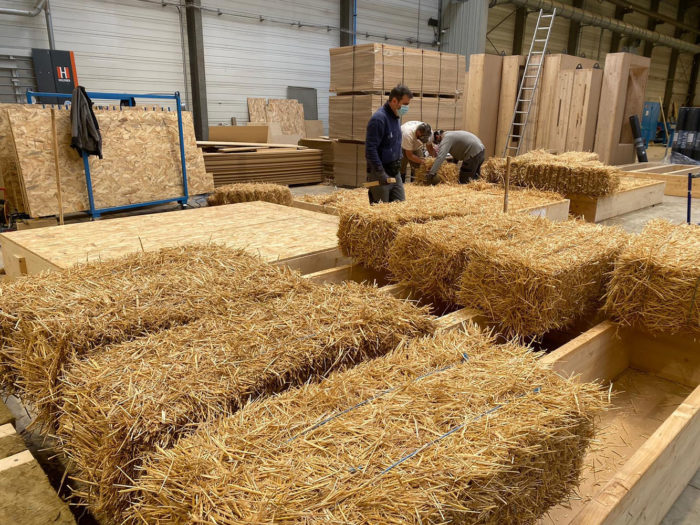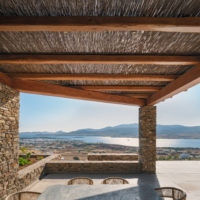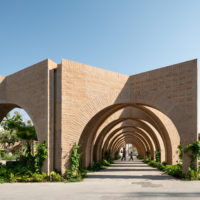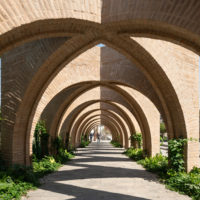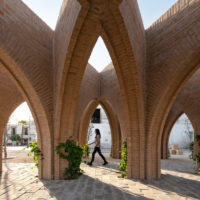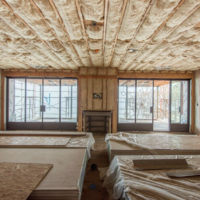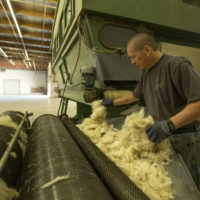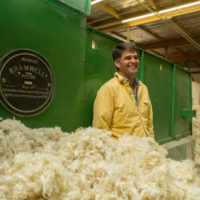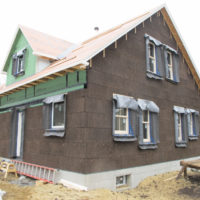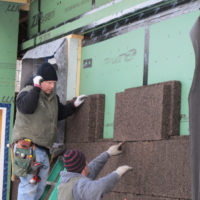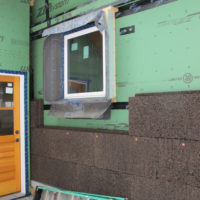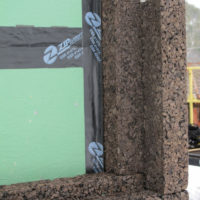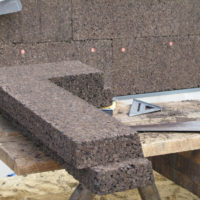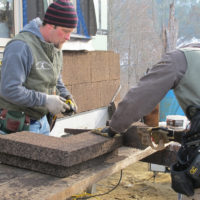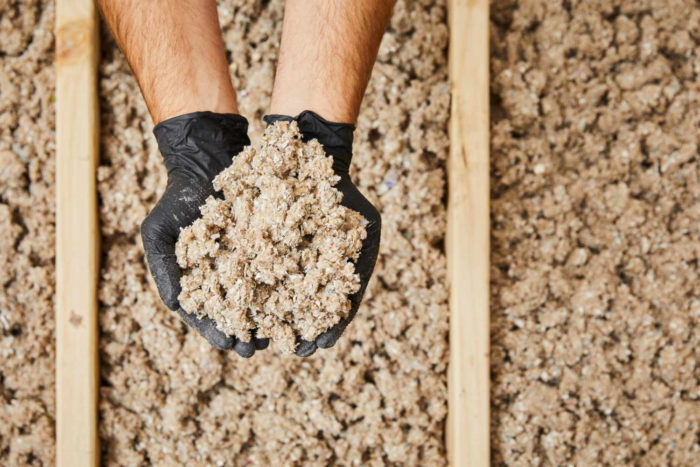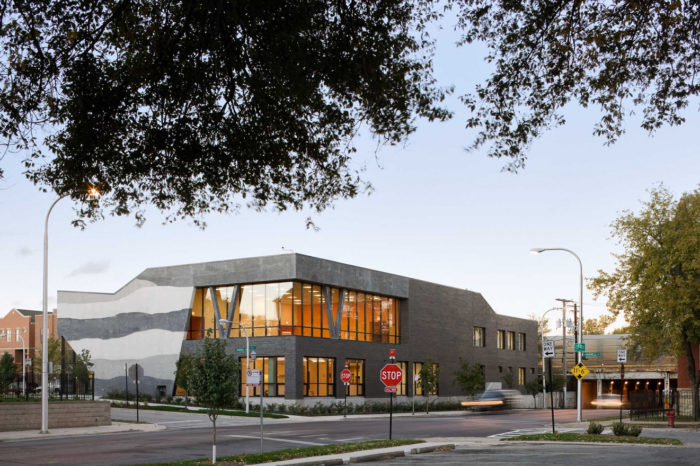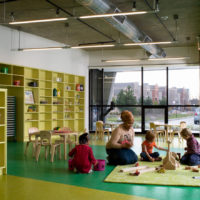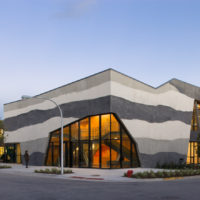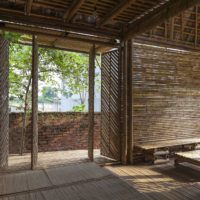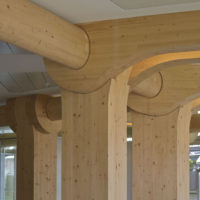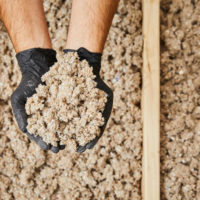About Sustainable Products and Materials
Using alternative sustainable products and materials is a great way to reduce a project’s carbon footprint, and it saves our world from serious danger. You can contribute to a more sustainable future by opting for eco-friendly options. By considering the project’s initial construction, its superior quality finishes, and taking a more comprehensive view of its overall lifespan, significant benefits can be achieved through the use of sustainable replacements and alternatives to conventional materials and methods. We must stay updated on the latest eco-friendly building practices and materials to meet the sustainability goals of various clients, whether it’s a multinational corporation, a commercial developer aiming for LEED certification, or a climate-conscious homeowner looking to save on energy costs.
In this article, we’ll explore different ways to incorporate these alternatives into your project and make a positive impact on the environment. Whether you’re constructing a new building or renovating an existing one, plenty of options are available to help you minimize your carbon emissions. Let’s dive in and discover how you can be part of the solution!
Exploring Low-Carbon Architectural Practices
1. How Natural Materials Contribute to Low-Carbon Initiatives
Natural materials such as timber, bamboo, and straw can provide structure and integrity for low-carbon projects in several ways. Timber, for example, is a versatile and renewable resource that can be used for various structural elements such as beams, columns, and trusses. It has excellent strength-to-weight ratio and can withstand heavy loads. for example:
Tamedia Office Building, Zurich | Shigeru Ban Architects
Tamedia Office Building, Zurich designed by Shigeru Ban Architects, The timber main structural system is in great extent the most significant innovation of the project. From a technical and environmental point of view, the proposed this timber structure is a unique response to this type of office building and the fact that the structural elements are entirely visible also gives a very special character and high-quality spatiality to the working atmosphere.
- © Didier Boy de la Tour
- © Didier Boy de la Tour
- © Didier Boy de la Tour
Bamboo, on the other hand, is a fast-growing plant that is incredibly strong and durable. It can be used for flooring, walls, and even roofing.
Bb Home | H&P Architects
The bamboo houses are easily put together using bolts, bindings, hangings, and placements. This unique architectural style is sturdy enough to withstand a flood that is 1.5 meters high. H&P Architects is currently testing the model to withstand even higher floods of up to 3 meters. The space within the houses is versatile and can serve multiple functions such as being a house, educational facility, medical center, or community center. Additionally, the space can be expanded if needed.
- © Doan Thanh Ha
- © Doan Thanh Ha
- © Doan Thanh Ha
2. The Old Ways Are the Best: Teaching Traditional Techniques
Traditional techniques in architecture have long been used to create sustainable projects. These techniques often rely on the use of natural materials and methods that have been passed down through generations. By incorporating these traditional techniques into modern designs, architects can create buildings that are not only aesthetically pleasing but also environmentally friendly. From using locally sourced materials to incorporating passive design elements, these traditional techniques can help reduce the ecological footprint of a project and promote sustainable living.
-
Using Local Materials:
Focusing on local materials to have a sustainable products to achieve sustainability is an important approach in various industries, including construction and design. By using materials that are sourced locally, we can reduce the carbon footprint associated with transportation and support local economies. Additionally, using local materials promotes the use of renewable resources and reduces the reliance on non-renewable ones. This practice also allows for a better understanding and appreciation of the local environment, culture, and traditions. Overall, focusing on local materials is a step towards creating a more sustainable future.
Encaved Stone Villa | Tsolakis Architects
In Encaved Stone villa The use of local materials contributes to the integration of built structures with the environment, as well as a symbiotic practice between the indigenous construction techniques of the past and the contemporary sustainable construction processes.
The facades are formed with local stone as well as the lintels and pergolas are made of chestnut and wicker timber. The interior of the subterranean buildings is illuminated by elongated slits on the ground, which create a scenographic atmosphere on the inside.
- © George Messaritakis
- © George Messaritakis
- © George Messaritakis
-
Old Traditions in Construction:
The Traditional Techniques of construction to have an architectural sustainable products such as curved arches have been used for centuries in architecture and construction. These techniques involve the use of curved arches to provide structural support and aesthetic appeal to buildings. The art of constructing curved arches requires a deep understanding of geometry and engineering principles. Skilled craftsmen and architects employ various methods to create these arches, such as using wooden formwork or stone blocks. These techniques have stood the test of time and continue to be admired for their beauty and functionality.
- © Dane Alonso
- © Dane Alonso
- © Dane Alonso
3. Sustainable Insulation: Finding Harmony Between Nature and Efficiency
- © Havelock Wool
- © Havelock Wool
- © Havelock Wool
Cork is a completely natural material that is highly regarded for its environmental friendliness in construction. It is derived from oak trees by utilizing only the outer bark and can be recycled. When fully processed, cork has a negative carbon footprint, making it the top choice for eco-conscious individuals. While cork oaks are originally from the Mediterranean and North Africa, Portugal has become the main producer of this insulation due to its long-standing tradition of protecting and manually harvesting the trees for more than a century. Cork insulation is one of the best sustainable products solutions which is an effective solution for preventing mold and moisture. It has excellent durability and does not require replacement. However, one drawback of using cork as insulation material is its high cost.
- © Alex Wilson
- © Alex Wilson
- © Alex Wilson
- © Alex Wilson
- © Alex Wilson
- © Alex Wilson
Cellulose
Cellulose is commonly used as insulation in roofs and walls of modern buildings. It is also popular for retrofitting existing buildings because it doesn’t require removing existing walls. Cellulose insulation is made from recycled newsprint and denim, making it eco-friendly and biodegradable. By using cellulose insulation, you can help reduce waste in landfills and decrease the release of harmful greenhouse gases. The use of cellulose insulation dates back over 100 years, but it didn’t become popular until the 1950s when fire-retardant chemicals were introduced. Nowadays, cellulose insulation is treated with non-toxic substances like boric acid and ammonium sulfate, which provide protection against insects, fire, and mold.
4. Closing the Loop: Using Recycled and Recyclable Materials
As people become more aware of the importance of sustainable living, architects are looking for ways to use sustainable products and materials like recycled and recyclable materials in their designs. This not only helps reduce waste but also demonstrates the adaptability and attractiveness of materials that would otherwise be thrown away. There are numerous ways to repurpose materials and create aesthetically pleasing and practical structures, ranging from residential houses to commercial buildings.
SOS Children’s Villages Lavezzorio Community Center | Studio Gang
SOS Community Center is a project by SOS, an international non-profit organization that aims at helping foster families and reuniting siblings. Studio Gang took control of constructing the community center to provide learning opportunities for foster care families and families living in the surrounding neighborhood. Studio Gang pulled off this design using recyclable materials such as concrete collected from different construction sites around Chicago. They worked with a tight budget that pushed them to use their materials wisely.
- © Hedrich Blessing
- © Hedrich Blessing
- © Hedrich Blessing
- © Dane Alonso
- © Dane Alonso
- © Dane Alonso
- © Hedrich Blessing
- © Hedrich Blessing
- © Hedrich Blessing
- © Hedrich Blessing
- © George Messaritakis
- © George Messaritakis
- © Doan Thanh Ha
- © Doan Thanh Ha
- © Doan Thanh Ha
- © Doan Thanh Ha
- © Didier Boy de la Tour
- © Didier Boy de la Tour
- © Didier Boy de la Tour
- © Didier Boy de la Tour
- © The Spruce / Jason Donnelly
- © Havelock Wool
- © Havelock Wool
- © Havelock Wool
- © Alex Wilson
- © Alex Wilson
- © Alex Wilson
- © Alex Wilson
- © Alex Wilson
- © Alex Wilson


